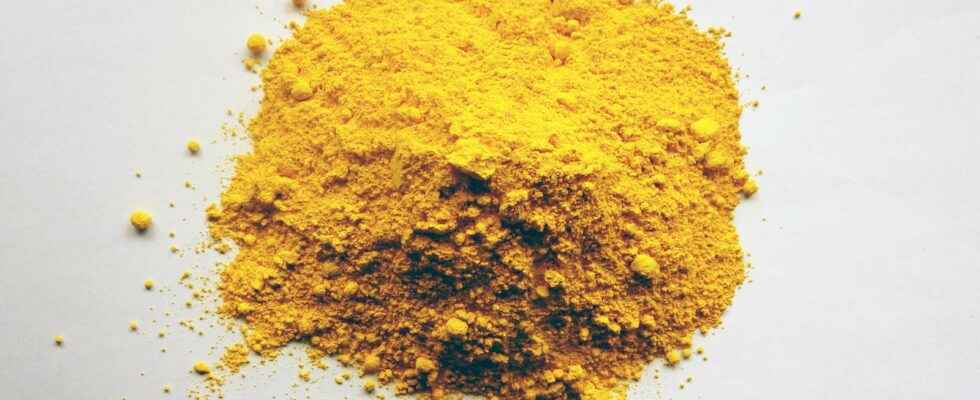Picric acid is the common name for 2,4,6-trinitrophenol, chemical formula C6H3NOT3O7. In the state solidit is in the form of yellow crystals with the formula (NO2)3VS6H2OH. In the form of a dry powder, picric acid is very sensitive to shocks and friction: the fall of a mass of two kilograms from a height of 36 centimeters on a piece of solid picric acid causes a detonation faster and more powerful than the DTT. It ignites at 122°C and explodes spontaneously at 300°C: this is why it was widely used during the colonial wars and the First World War to make shells. To stabilize it (we speak of “phlegmatized” picric acid), it is kept in 33% water in glass tubes.
Picric acid: physical properties
- Mass molar : 229.10 g/mol.
- Density: 1.763 g/ml at 20°C.
- Solubility in water: 12.8 g/l at 20°C.
- Point of merger : 121.85°C.
- Boiling point: explosion above 300°C.
- Point offlash : 150°C.
Picric acid: risks and precautions
- Highly corrosive, pure or 30% wet picric acid causes skin irritation, eyes and mucous membranes.
- By ingestionit leads to severe poisoning and can be fatal.
- A inhalation or chronic exposure to dust may cause yellowing of eyes, skin and hair and cause dermatitis.
- Picric acid reacts with several metals as the leadthe ironthe zincthe nickel and the copper to form picrates, salts very sensitive to shocks, friction and heat. It should not be stored on a wooden floor. concretebecause picrate is formed from calcium very explosive.
- Phlegmatized picric acid should not be stored for more than two years, as it can then dry out and form crystals with a high risk of explosion.
Picric acid: uses
- Manufacture of explosives andmatches.
- fuel of rocket.
- Formerly marketed as a remedy for burns in the form of aqueous solution at 1%.
- fixer in botanical and biology to observe cells at microscope.
- Biological reagent (dosage of the creatinine in the blood by the Jaffé method).
- Chemical reagent (synthesis of picramic acid and chloropicrin).
- Colorant for glass, woodor textiles.
- Leather processing.
- Electric batteries.
- Metal engraving.
You will also be interested
Interested in what you just read?
